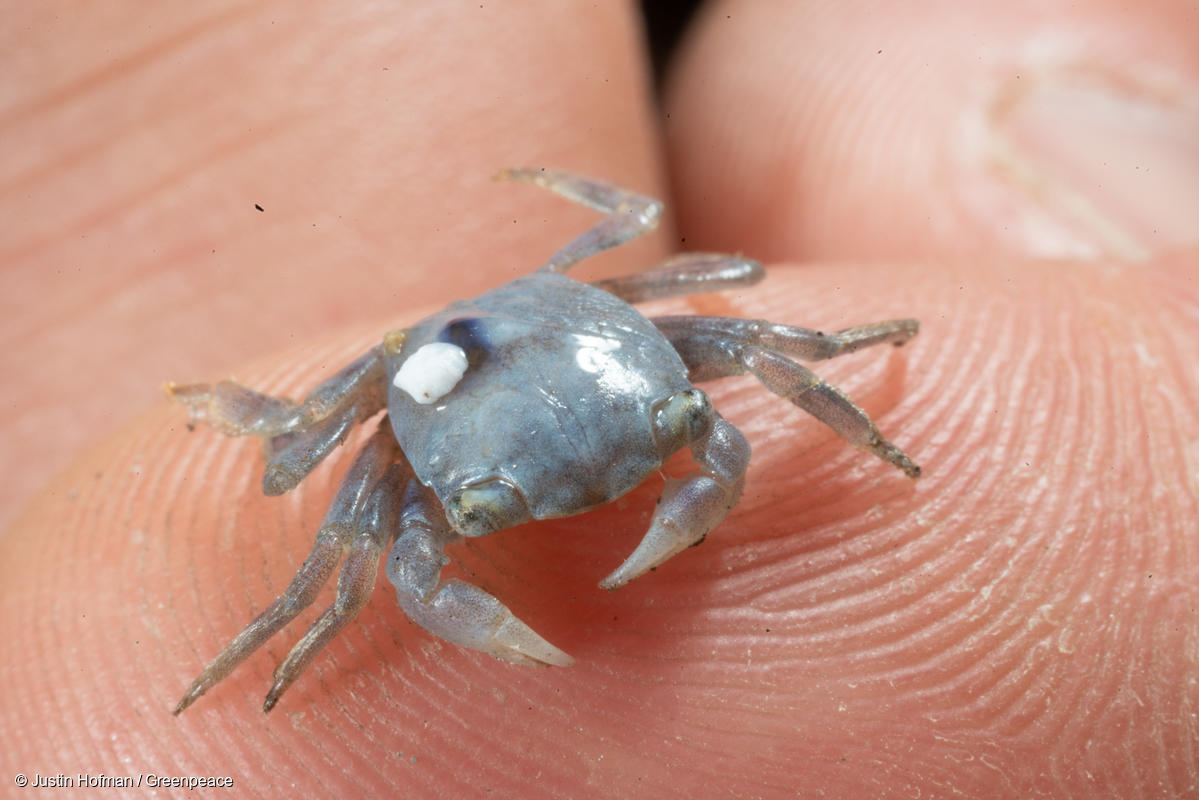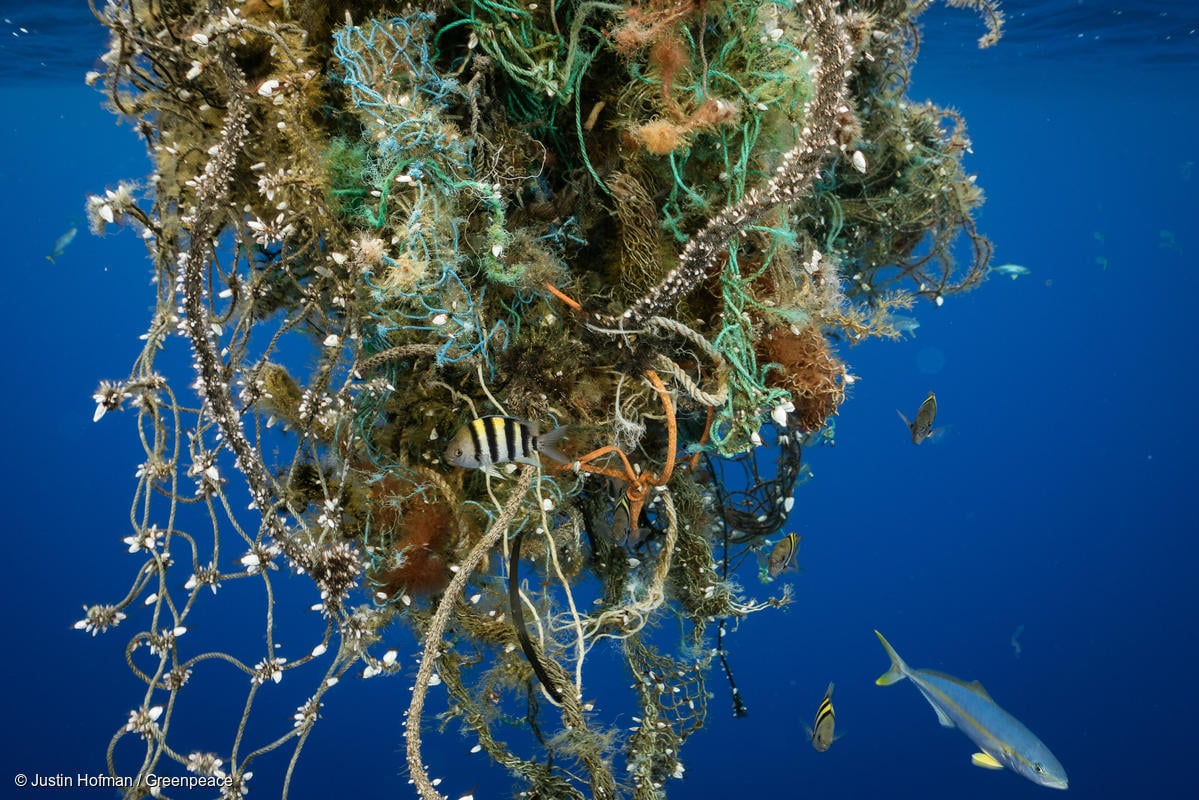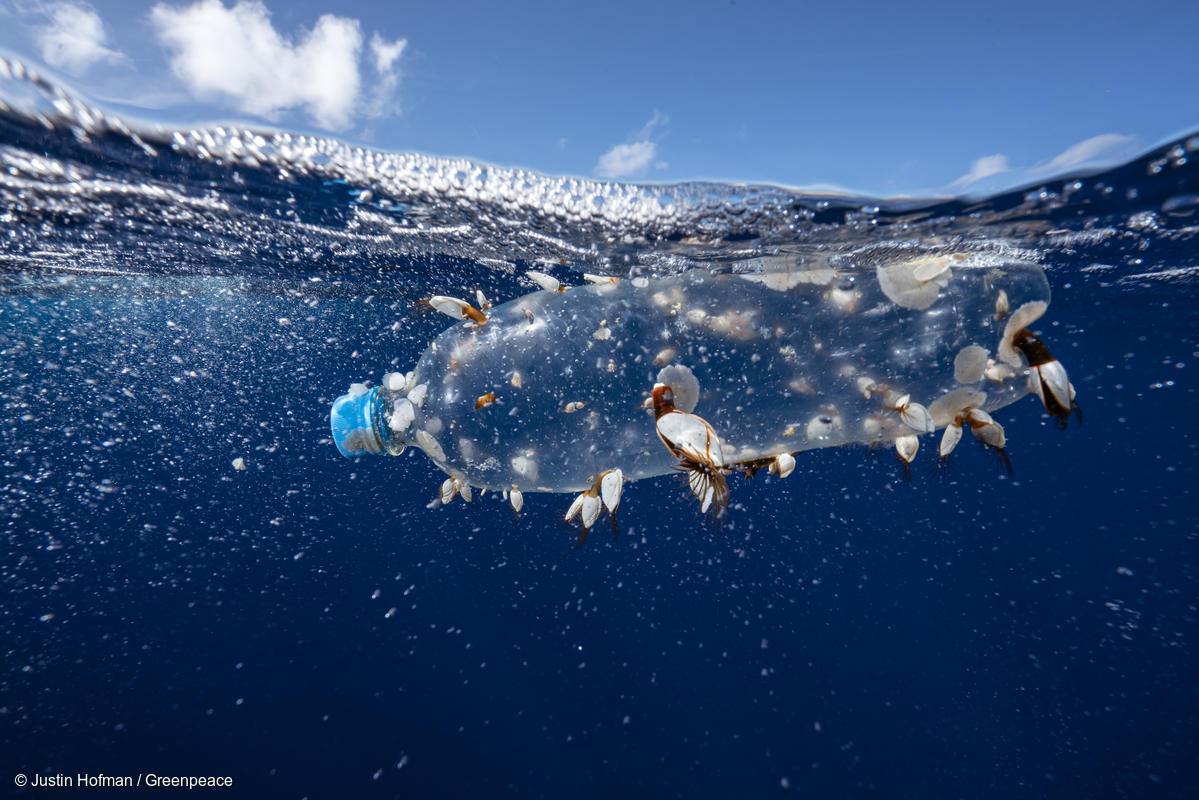Our oceans are choking with single-use plastic. What are the impacts on the creatures that exist in the toxic ecosystem we’ve created?

What happens to plastic when it gets throw “away”? As it turns out, there is no such thing as “away” Instead, a large percentage of plastics enter our oceans, with scientists estimating as much as 12.7 million tons of plastic per year.
Plastic doesn’t disappear when it enters the ocean. Instead, it breaks down into smaller and smaller pieces from sunlight, wind, and water. We call these tiny pieces of plastic microplastics. Microplastics look and smell like food to a host of marine creatures including sea turtles, seagulls, dolphins, and whales who cannot distinguish between a jellyfish and a floating plastic bag. And ingesting all of this plastic can be deadly. Plastic can cause perforated organs and clog the digestive tract so much that animals can no longer consume actual food.

Various fish, including Sargeant Major and Rainbow Runner interact with debris from a fishing net.
Plastic also looks like a home to sea creatures. During the Arctic Sunrise ship’s recent expedition to the Great Pacific Garbage Patch, an area of high concentration of plastic debris in the middle of the Pacific Ocean, the crew found evidence of fish, crabs, and barnacles living in nets, plastic water bottles and body care product packaging.
Ocean plastics can also be encouraging the spread of invasive species. Scientists have discovered that some coastal organisms can survive at sea long enough to reach another part of the world. The increased amount of plastics arriving on foreign shores mean more non-biodegradable vessels for invasive species.
Plastic is now a part of the ocean, and we don’t yet know the full impacts of this toxic ecosystem we have created. Stopping the flow of single-use plastic into our waterways is a top priority not only for human health but also for the wildlife that will continue to be endangered by plastic pollution until we end our current throw-away culture.
There are many things we can do on an individual level to refuse, reuse, and reduce our plastic waste. At the grocery store, always bring your reusable bags and opt for single fruit without stickers to reduce produce sticker plastic. Invest in a reusable metal or bamboo straw and a leftovers container to use less plastic when dining out. When you find yourself at concerts or festivals, refuse flyers and other freebies.
Of course, the most important step we can take to address the massive plastic pollution problem is to use our civic power to demand that corporations take responsibility for the mess they’ve created. Corporate polluters such as Coca-Cola, PepsiCo, Nestle, Procter and Gamble, Starbucks, McDonald’s, and Unilever are producing devastating amounts of single-use products wrapped in plastic packaging that ultimately end up polluting oceans and coastlines around the world.

A clear plastic bottle found drifting in the garbage patch. Living on this single bottle were bryozoans, nudibranchs, crabs, and barnacles.
The good news is that some nations and companies are already making commitments to phase out plastic. The strength we find in our collective voice has led to numerous corporations and governments making changes to better the environment. Now, we are calling on the environmentalists everywhere — the ocean activists, the tree-huggers, the nature-lovers, and peace-seekers — to take action today for a plastic-free future!
